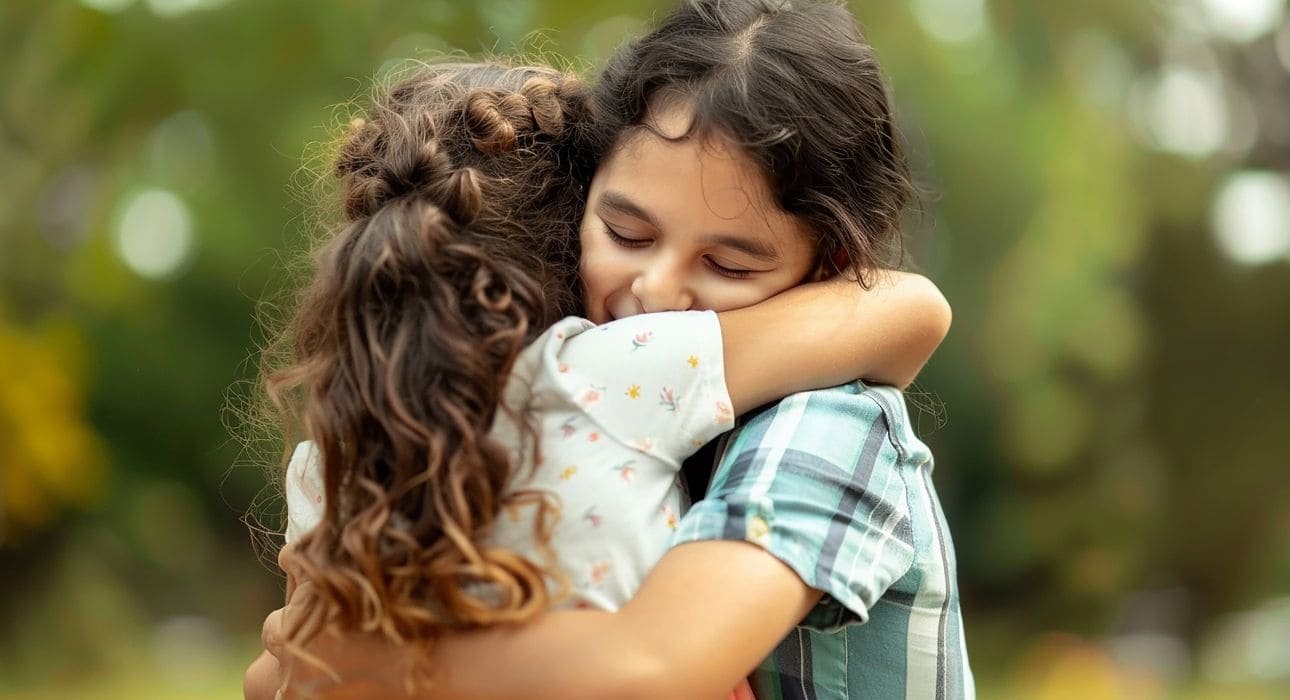When we think of the brain, most of us picture the large, wrinkly cerebrum—the part responsible for thinking, memory, and actions. But tucked away at the back of the brain, under the cerebrum, is a smaller yet powerful structure called the cerebellum. It’s usually known for helping us with movement and balance, but recent research shows it does much more. The cerebellum also plays a big role in how children learn to understand and connect with others—through empathy—and how they start to realize that people have their own thoughts and beliefs, which scientists call Theory of Mind.
Beyond Movement: The Cerebellum’s Social Role
New studies are changing how we look at the cerebellum, especially in young children. This small brain area isn’t just about helping us move; it also supports how we develop social skills. These include understanding others, picking up on social cues, and building relationships. The idea that the cerebellum helps shape these abilities is a fresh and exciting discovery in brain science.
The Cerebellum’s Special Job in Young Brains
What’s especially interesting is how the cerebellum “talks” to the rest of the brain in children. Researchers have found an “inverse loop” happening in young kids. In adults, the brain’s outer layer—the cerebral cortex—usually sends messages to the cerebellum. But in children, it works the other way around: the cerebellum sends messages to the cerebral cortex. This reverse flow suggests the cerebellum helps set the stage for the brain to develop important social understanding skills early in life. In a way, the cerebellum is laying the foundation for how we learn to connect with others.
The Building Blocks: Empathy and Theory of Mind
Empathy, feeling what others feel, and Theory of Mind, understanding that others have different thoughts and beliefs, are crucial for social interaction. These abilities don’t appear overnight. They gradually develop, especially between the ages of three and five. Research shows the cerebellum plays a key role in this process, helping young brains handle social information that’s needed to grow these skills.
Scientists often test Theory of Mind in children using “false-belief tasks.” In these tasks, a child has to understand that someone else might believe something that isn’t true. For example, if a toy is moved without a character seeing it happen, and the child is asked where the character will look, a child with developed Theory of Mind knows the character will look where they last saw the toy, not where it is. Studies reveal that when children succeed in these tasks, a part of the cerebellum called Crus I-II becomes more active. This shows that the cerebellum isn’t just watching from the sidelines—it’s helping children predict what others might think or feel.
Social Challenges
The cerebellum’s role in social skills becomes clearer when it doesn’t develop as expected. If a child has early damage to the cerebellum, especially during key growth periods, it can lead to lasting problems with social behaviour. These difficulties often show up in conditions like autism spectrum disorder (ASD) and even schizophrenia.
Children with ASD often struggle with social interaction and understanding others’ perspectives. Research suggests that unusual development or function of the cerebellum may be part of the reason. Since the cerebellum stores information that helps us predict what others might be thinking, problems in this area can make it harder for children to connect socially. This shows how deeply the cerebellum influences how we relate to people around us.
The Future: Discovering More About the Social Brain
This new understanding of the cerebellum’s role in developing empathy and Theory of Mind in children is opening exciting doors for future research. It reminds us that the cerebellum isn’t just about controlling movement—it’s a key part of the “social brain.” Future studies, especially those focusing on babies and young children, may help us learn even more about how this brain area shapes non-verbal social skills. It might also help us find better ways to support children who face social development challenges. In the end, the cerebellum turns out to be an essential part of what makes us social, understanding human beings.
References +
- Neuroscience News. (2025, June 25). Cerebellum shapes children’s empathy and theory of mind. https://neurosciencenews.com/cerebellum-empathy-theory-of-mind-29341/
